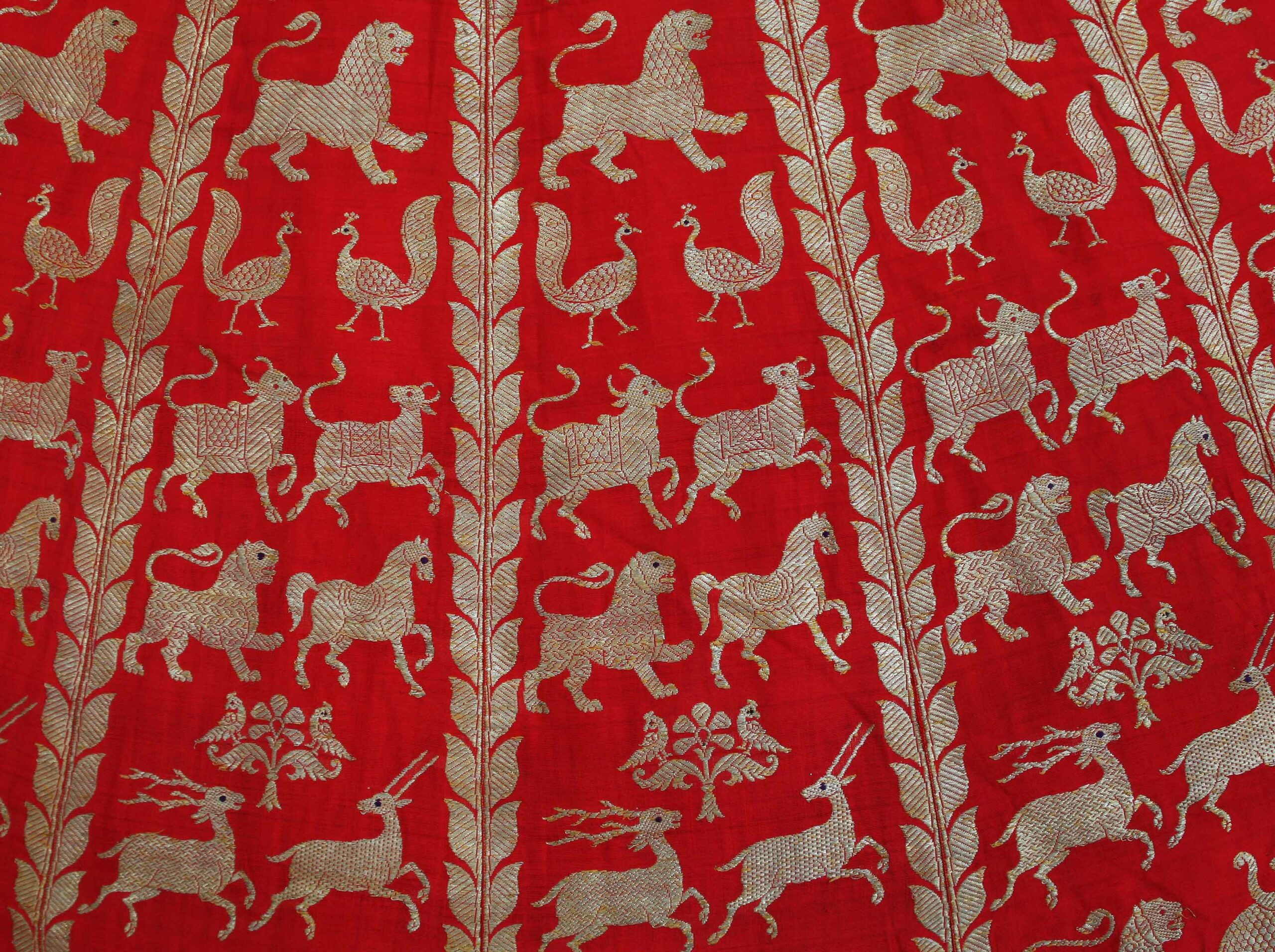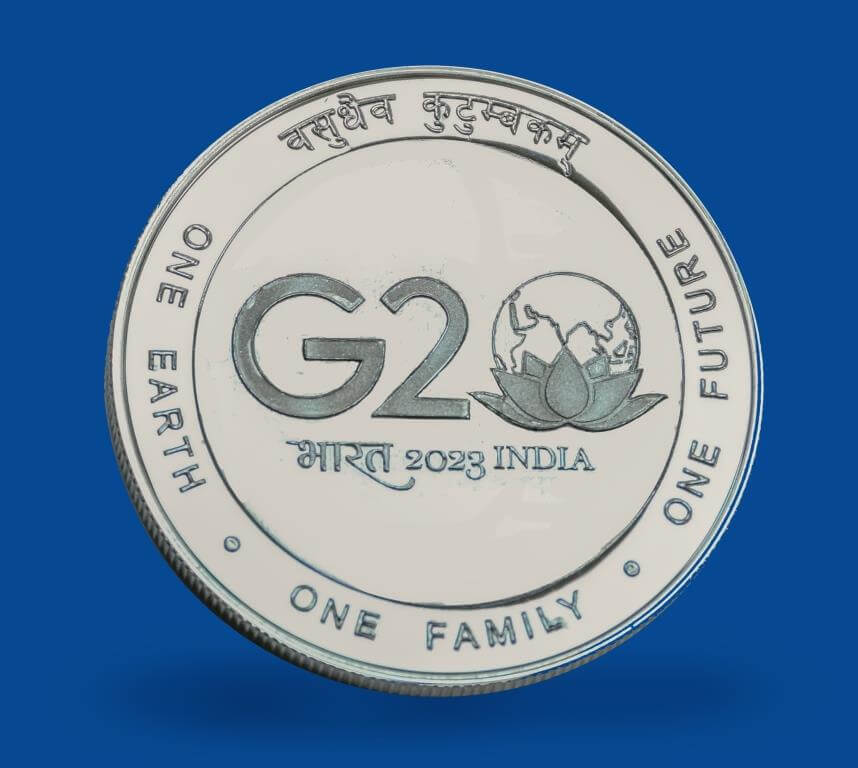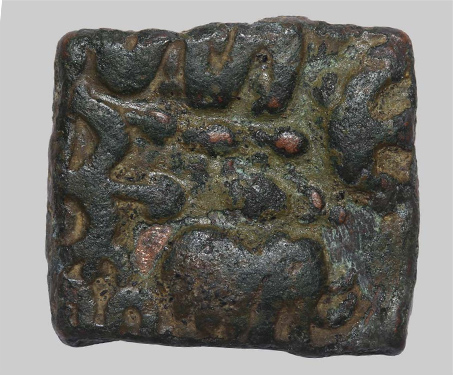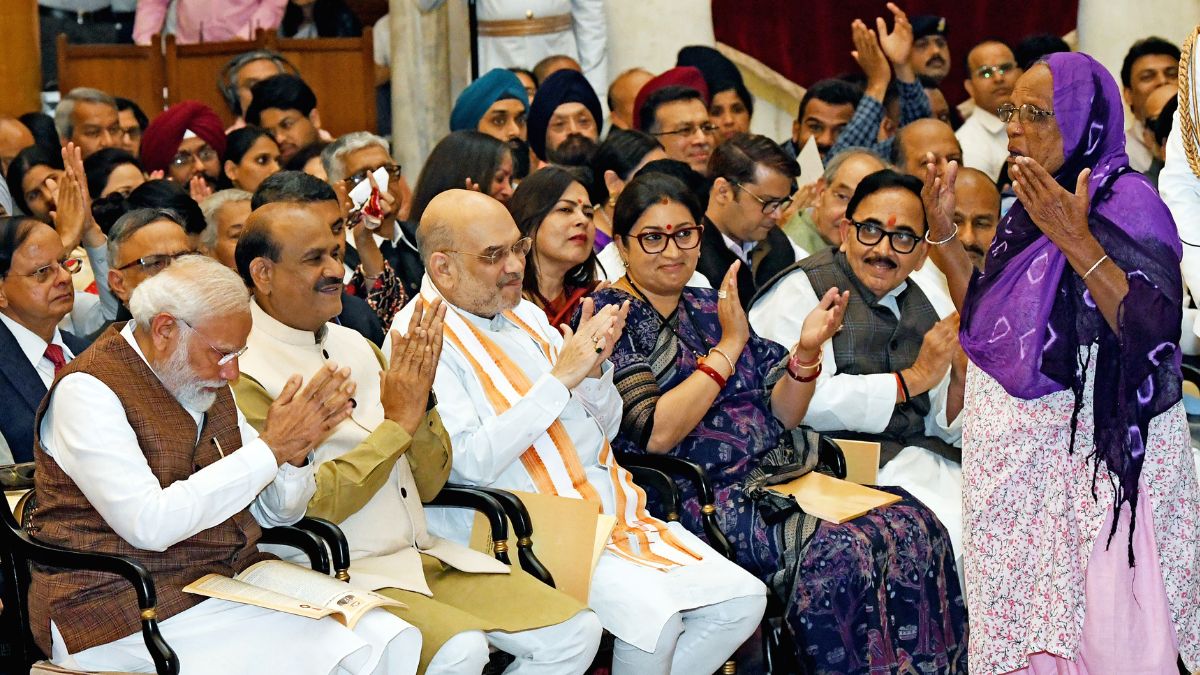
Prime Minister Narendra Modi bows to Hirbai Ibrahim Lobi, who was honoured with the Padma Shri Award in 2023 for her work in empowering Siddi women and youth in rural Gujarat. Source: EnglishJagran.com, click on the image to visit the page
“Aaj tak Siddis ke bare main, Siddis ne kabhi likha nahi hai.” (“Till now, no Siddi has ever written about Siddis.”) Farooq Umar Siddi wants to change that. A resident of Patthar Kuva in Ahmedabad, his goal is to highlight stories of courage and strength from this extraordinary Indian community. One of African ancestry and centuries of history in Gujarat.

Rohit Majgul took home the bronze medal in judo at the 36th National Games in Gandhinagar. Image from Sports Authority of Gujarat/Facebook
Even today, Siddis continue to bring glory to the state. Hirbai Ibrahim Lobi was honoured with a Padma Shri Award in 2023 for her work in empowering Siddi women and youth in rural Gujarat. Three athletes from the community represented Gujarat at the National Games in 2022, with one of them Rohit Majgul taking home a medal for judo. It was, in fact, a concerted effort by Siddi sports-lovers that in 2014 revived the ambitious government-run Special Area Games scheme, that hones athletic talent in remote rural regions of India. The efforts of Hirbai Ibrahim Lobi, Farooq Umar Siddi and programs like SAG are all focused on rekindling pride, dignity and opportunities within a community that once played a defining role in this region’s politics.
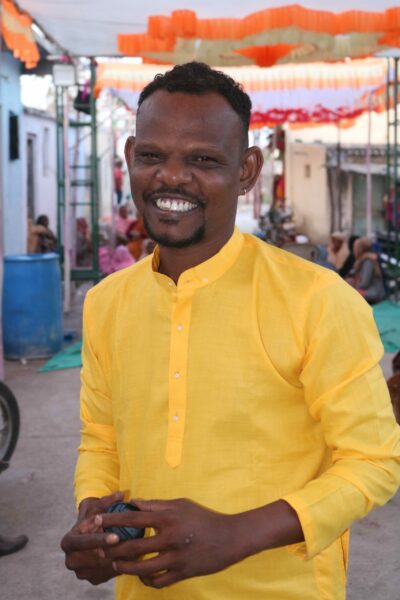
Farooq Umar Siddi
Gujarati, by way of Africa
When Ahmad Shah I traversed across the plains of Gujarat and built the first fort in what would become Ahmedabad, local legend recounts that the many gateways of the city were fiercely protected by a people called Siddis. It is believed that these Siddi soldiers were so loyal to the land and city, they took on the charge of guarding the gates of Ahmedabad so that Goddess Lakshmi, bringer of prosperity, would never leave.
The Siddis of Gujarat are a diverse community of descendants of East and Central African migrants, traders and slaves. Their legacies are reflected in the state’s architecture, food, language and arts. But they’re woefully underrepresented in our mainstream conception of Gujarati identity.
Hailing largely from Ethiopia, known formerly as Abyssinia, the Siddis are African-origin migrants who arrived in the Indian subcontinent as early as the 13th century. Known as habshis, from the Arabic word for Abyssinian, the Siddis came to India not just as slaves, but also as soldiers, midwives, merchants and traders. In India, the Siddis were often able to climb up social hierarchies, rising from enslaved labourers and soldiers to officials and tributaries to Mughal nobility and in many cases, to great rulers themselves.
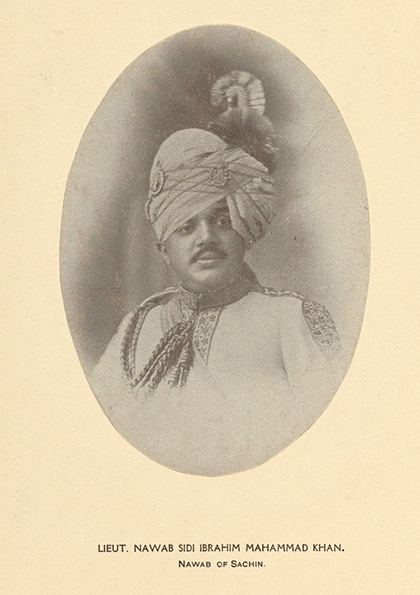
Lieutenant Nawab Sidi Ibrahim Mahammad Khan, Nawab of Sachin (present-day Gujarat) © Sarmaya Arts Foundation
By the 19th century and under the British Raj, ‘Siddi’ became a blanket term for all people of African origin who settled in parts of the Deccan and Goa. (Read more about the Siddis of the Deccan here.) Gujarat has the largest population of Siddis today; approximately 20,000 in Ahmedabad and the villages of Gir. They are fully assimilated into the local culture, but they’ve blended certain distinctly African traditions into their Indian identities.
Ancestor worship meets Sufism
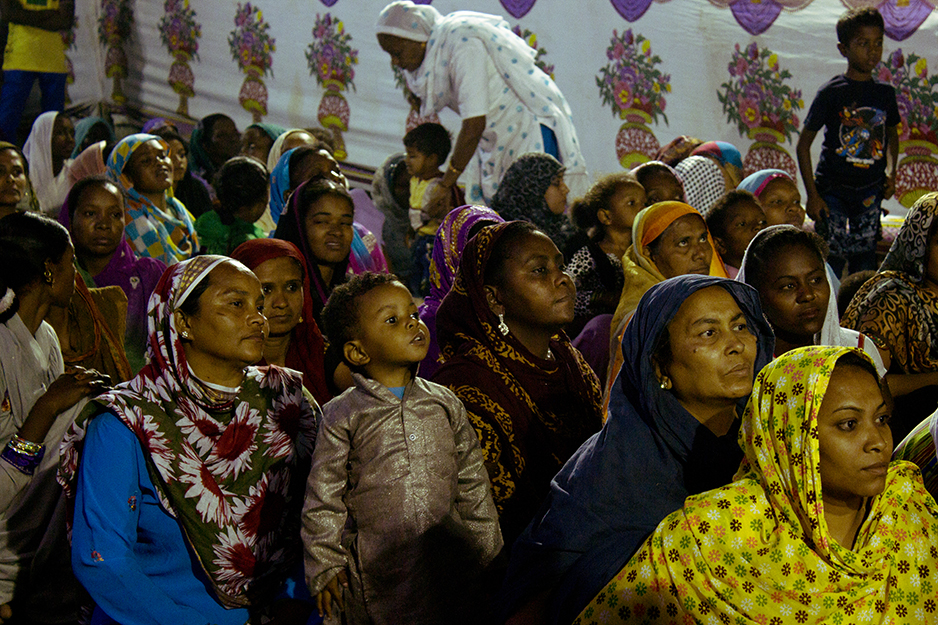
Siddi Women and Children watching a Qawwali Performance during Urs celebration at Patthar Kuva, Ahmedabad, 2015 © Prachi Gupta
When they settled in India, the ancestors of today’s Siddis adopted Islam, specifically Sufism and the worship of pirs or saints. But the African tradition of ancestor worship has also remained an important facet of Siddi spirituality and the pirs they venerate are their Habshi forebears.
In Gujarat, Siddi communities across the state venerate Bava Gor, a Habshi saint and ancestor who likely arrived in India in the 14th century, and his sisters. This ancestral worship, commingled with Sufism, is one of the many ways in which the Siddis have developed a creolised Indian-African identity. Another is the practice of Dhamaal.
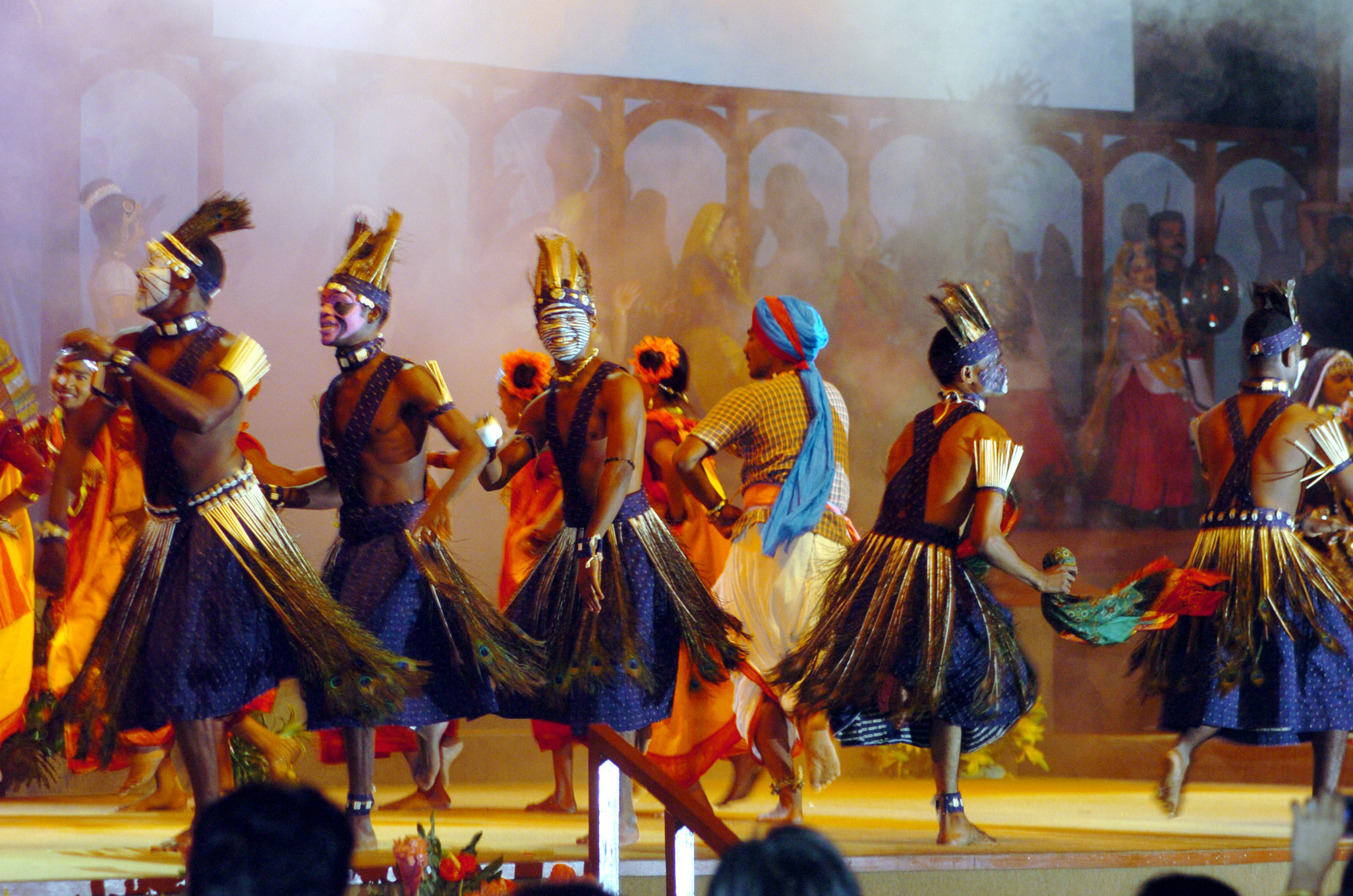
Siddi Dhamal artists of Gujarat, Wikipedia Commons
Dhamaal is a vibrant spiritual ritual that marries the musical and dance traditions of East Africa with the Islamic customs of Gujarat. There are two types: Dance Dhamaal is a vigorous energetic ritual involving percussion and stone instruments, and dancing to devotional songs called zikrs. Baithaaki Dhamaals, as the name suggests, are conducted sitting down and are more sombre.
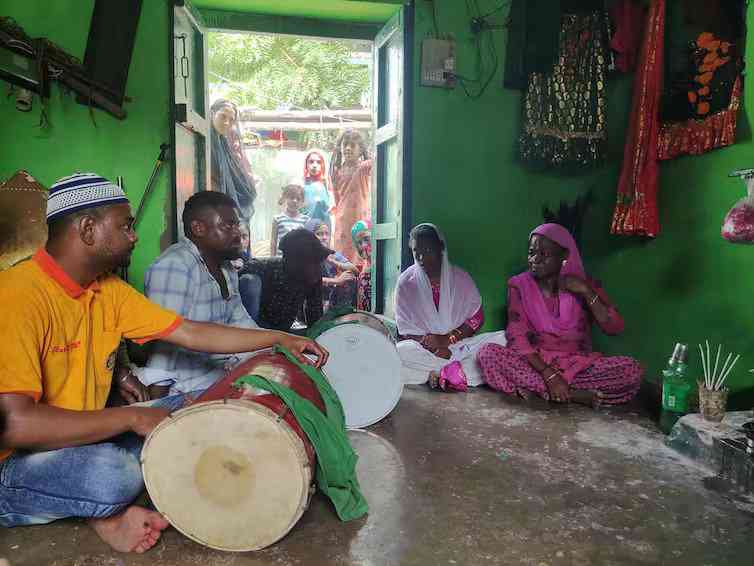
Siddis performing Baithaaki (sitting) Dhamaal in a shrine in Gujarat. Image by Sayan Dey via Wikipedia Commons
The zikrs sung during Dhamaals are odes to ancestral saints, often containing lyrics that are an amalgamation of Gujarati, Hindi, Swahili and Urdu words. Using instruments like the musindo and Kanga Misri that are East African in origin, the Siddis pay homage to saints with great fervour. Siddi women revere Mai Mishra, one of Bava Gor’s sisters, and sing songs called bastis in her name during the holy month of Ramzan and at Urs, which are festivals marking the death anniversaries of pirs.
The vitality of Siddi culture belies its marginalised reality in Gujarat today. Twenty-first Century Siddis live very different lives from those of their distinguished ancestors.
Pride for the past, hope for the future
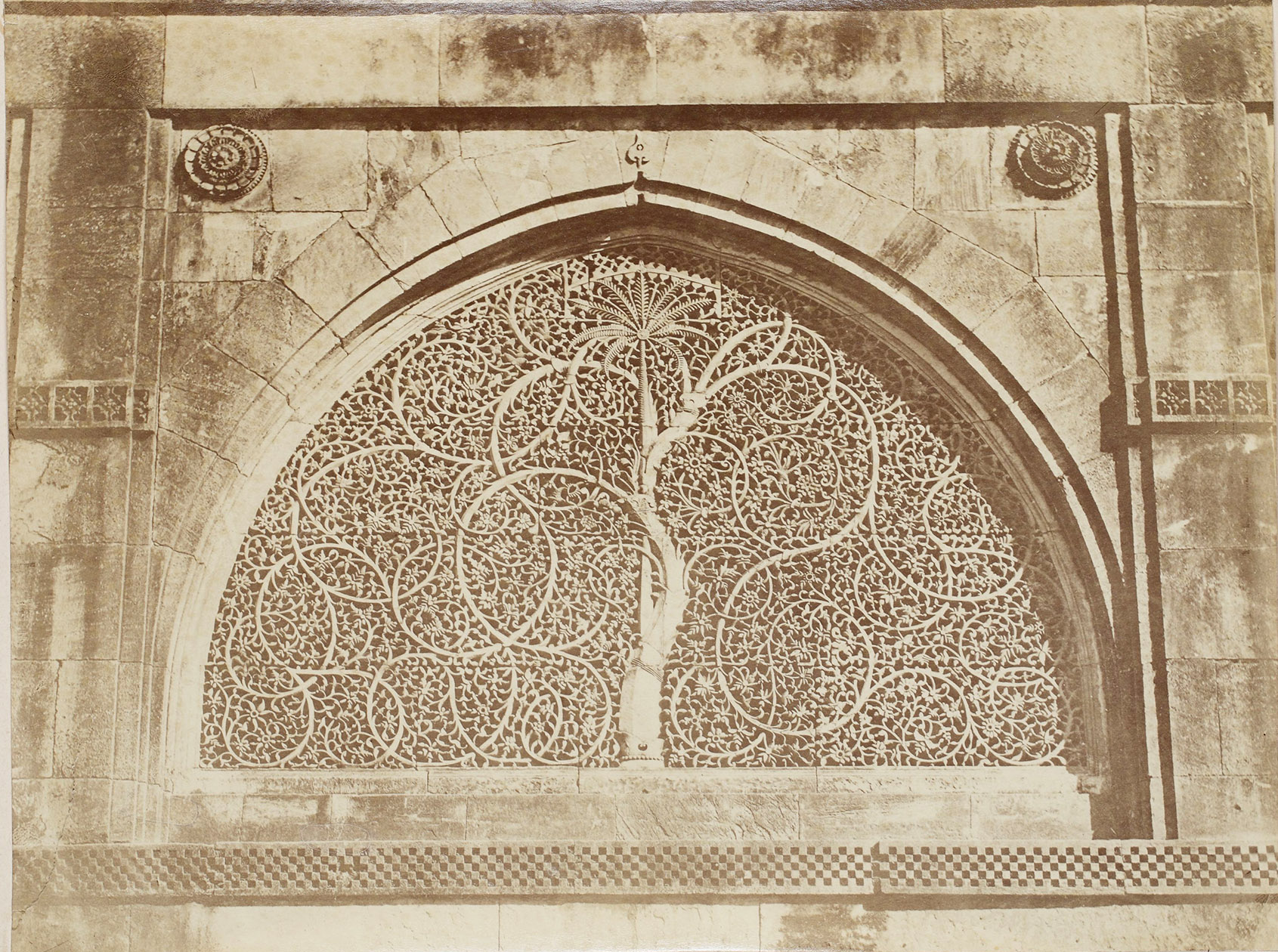
Image: Detail of a jali in Siddi Sayyid's Mosque, Ahmedabad ©️Sarmaya Arts Foundation
Today, Siddis across Gujarat live under impoverished conditions, their populations dwindling and largely unrepresented in mainstream media and even in contemporary historical narratives. Farooq tells us there is a great desire within the community to not only spread awareness about their historical presence, culture and customs, but also to move forward and progress as a people.
Farooq says, “Rajah, maharaja ka time humne dekh liya hai, ab woh time khatam ho gaya aur warrior ban nahi sakte. Lekin abhi architect ya businessman ban sakte hain—aur uske liye apko kya karna padega? Padhai.” (“We’ve lived through the time of kings, but that era is now over and we can’t be warriors anymore. But maybe we can be architects or businessmen—and what will that take? An education.”)
Farooq hails from a long line of Siddis, who were soldiers and bodyguards to the Badshahs of Jamnagar and the Nawabs of pre-colonial provinces. His dream for his children is for them to get a good education and enter urban Indian society with more choices than his generation had. With greater agency over the kind of lives they want to lead. Farooq’s ambitions depend on our society becoming more inclusive and our idea of Indianness becoming more expansive. We can do that by honouring and celebrating histories that have for too long been marginalised, both in mainstream culture and in our own imaginations.
In the heart of Ahmedabad, the Siddi Sayyid Mosque stands as a cultural landmark, an architectural bequest by the 16th-century Habshi nobleman, Shaikh Sidi Sayyid. Citizens point with pride to its beautiful lattice-worked windows, which feature a flourishing Tree of Life. In Islamic mythology, this Tree symbolises immortality and an everlasting legacy. Like that of the Siddis, whose legend is embedded in the very foundations of this city.
References
Bhatt, P. M. (2019). The African Diaspora in India: Assimilation, change and cultural survivals. Routledge.
Sayan Dey, T. C. (2023, February 7). How East African culture created a new form of music in Gujarat. Scroll.in.
Ugc. (2019, June 3). Sidi Saiyyed Mosque. Atlas Obscura.
Czekalska, R., & Kuczkiewicz-Fraś, A. (2021). From Africans in India to African Indians. Politeja, 13(3 (42)), 189–212.
Administrator, W. (n.d.). Similarities and differences between African diasporas in the Americas and those in India: Historical roots and customs of the Siddis – Gujarat, Karnataka, Andhra Pradesh and Maharashtra. Tribal Cultural Heritage in India.
YouTube. (2017, February 21). The Siddis: India’s forgotten Africans.

